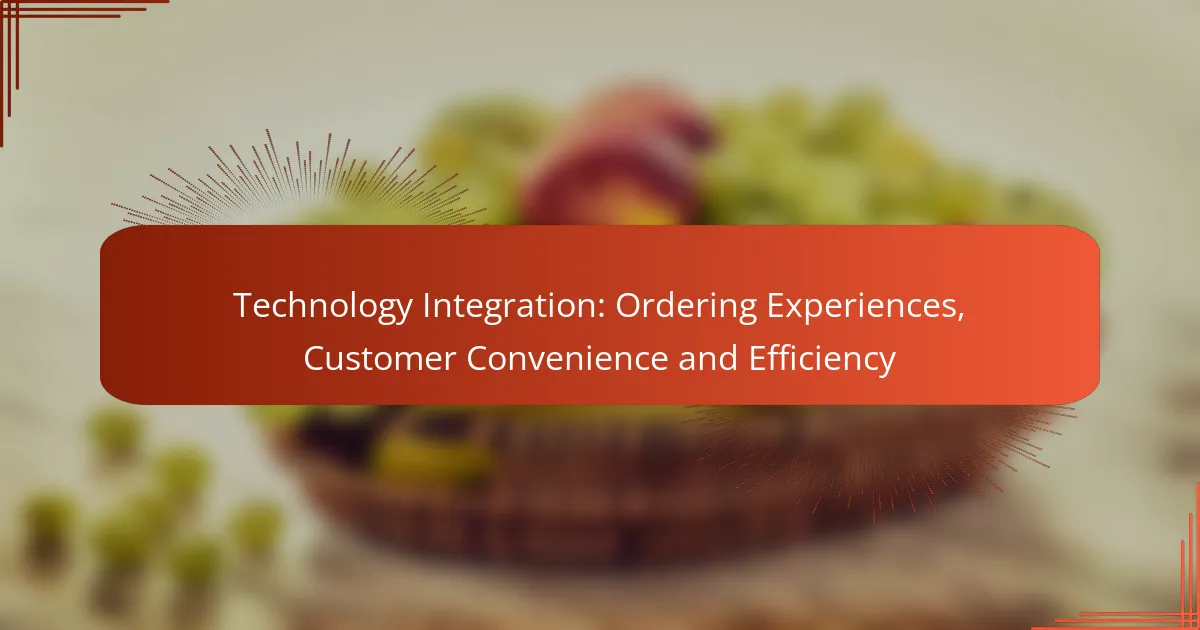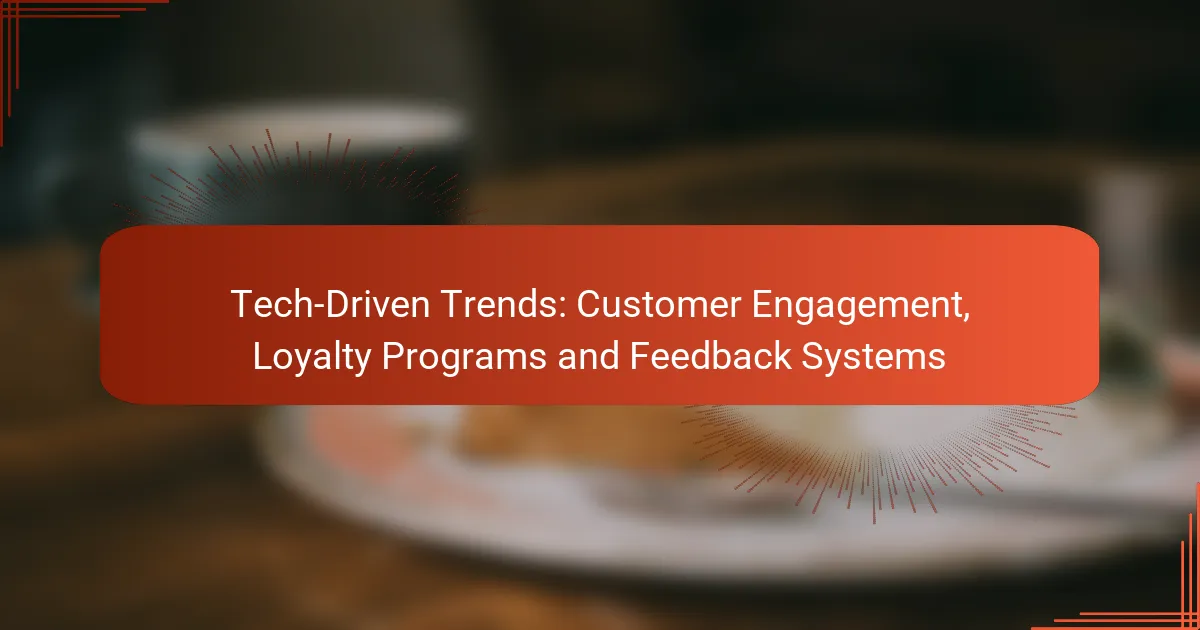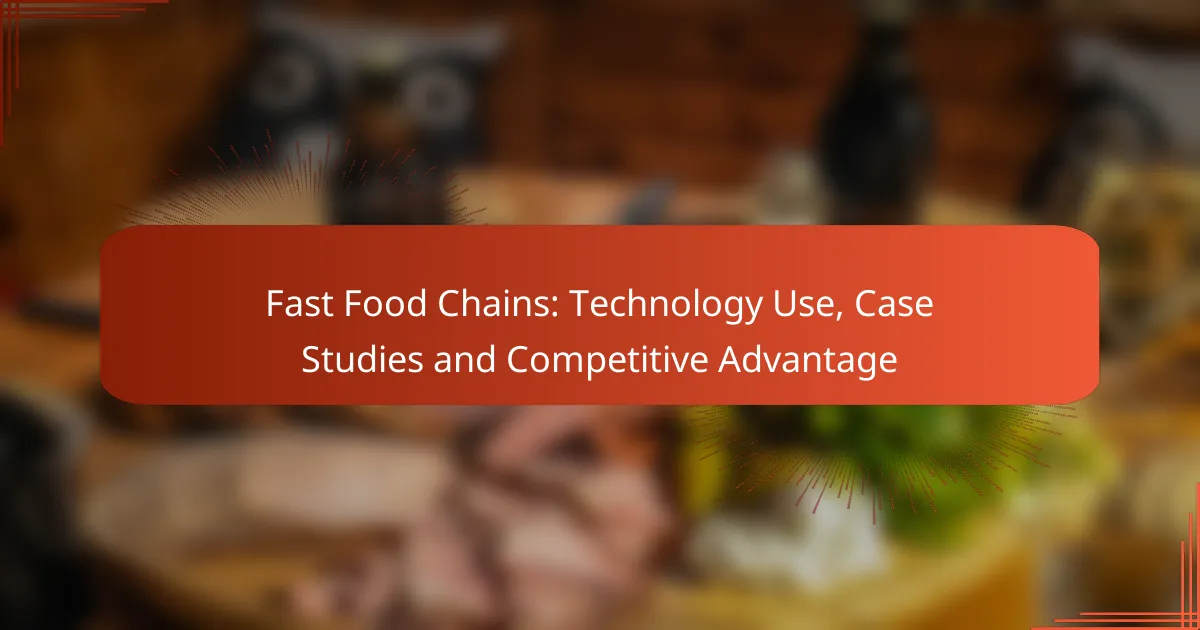Innovative delivery technologies are revolutionizing customer satisfaction by enabling faster and more reliable service. With advancements in logistics, companies like Amazon Prime Air and DoorDash are now able to deliver orders within minutes, significantly enhancing the overall customer experience and fostering brand loyalty.
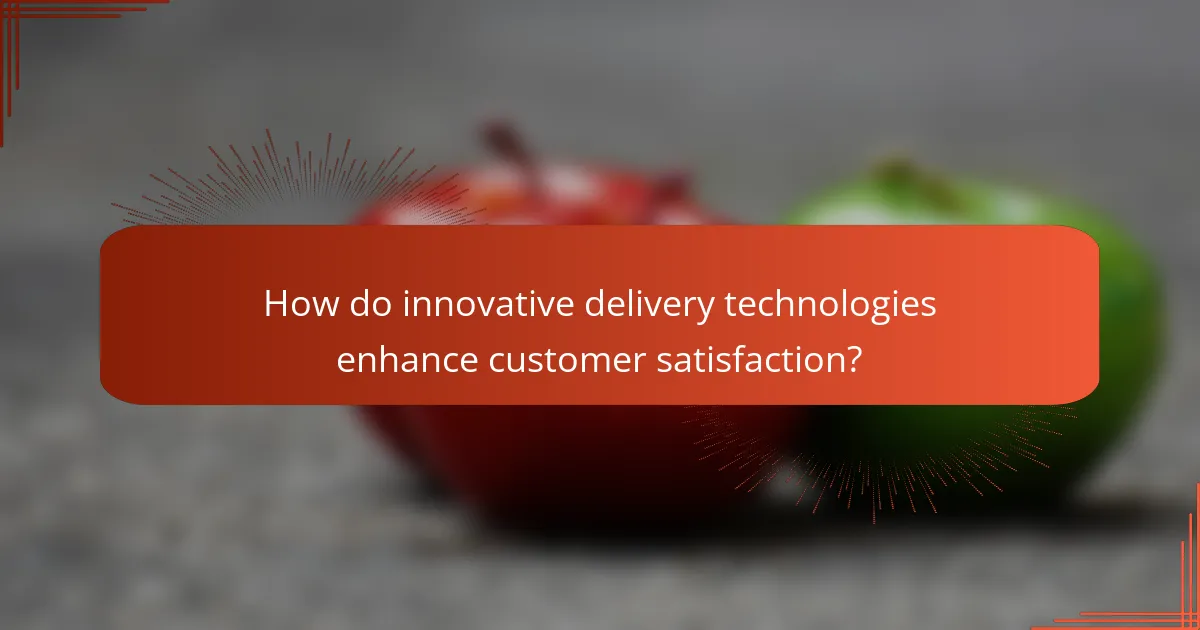
How do innovative delivery technologies enhance customer satisfaction?
Innovative delivery technologies significantly enhance customer satisfaction by providing faster, more reliable, and personalized service. These advancements streamline the delivery process, ensuring that customers receive their orders promptly and are kept informed throughout the journey.
Real-time tracking systems
Real-time tracking systems allow customers to monitor their deliveries at every stage, from dispatch to arrival. This transparency reduces anxiety and improves trust, as customers can see exactly where their package is and when it will arrive.
Many companies utilize GPS technology and mobile apps to provide live updates. For example, a customer can track their order on a map, receiving notifications if there are any delays, which helps manage expectations effectively.
Automated delivery notifications
Automated delivery notifications keep customers informed through timely updates via SMS or email. These notifications can include alerts for order confirmation, dispatch, and estimated delivery times, ensuring that customers are never left in the dark.
By automating these communications, businesses can enhance customer engagement and satisfaction. For instance, a simple text message alerting a customer that their package is out for delivery can significantly improve their overall experience.
Personalized delivery options
Personalized delivery options cater to individual customer preferences, enhancing satisfaction by providing choices that fit their lifestyles. This can include options like same-day delivery, scheduled delivery times, or even delivery to alternative locations.
Offering flexibility in delivery methods allows customers to choose what works best for them. For example, a customer may prefer to have their package delivered to their workplace during business hours rather than their home, making the service more convenient and tailored to their needs.
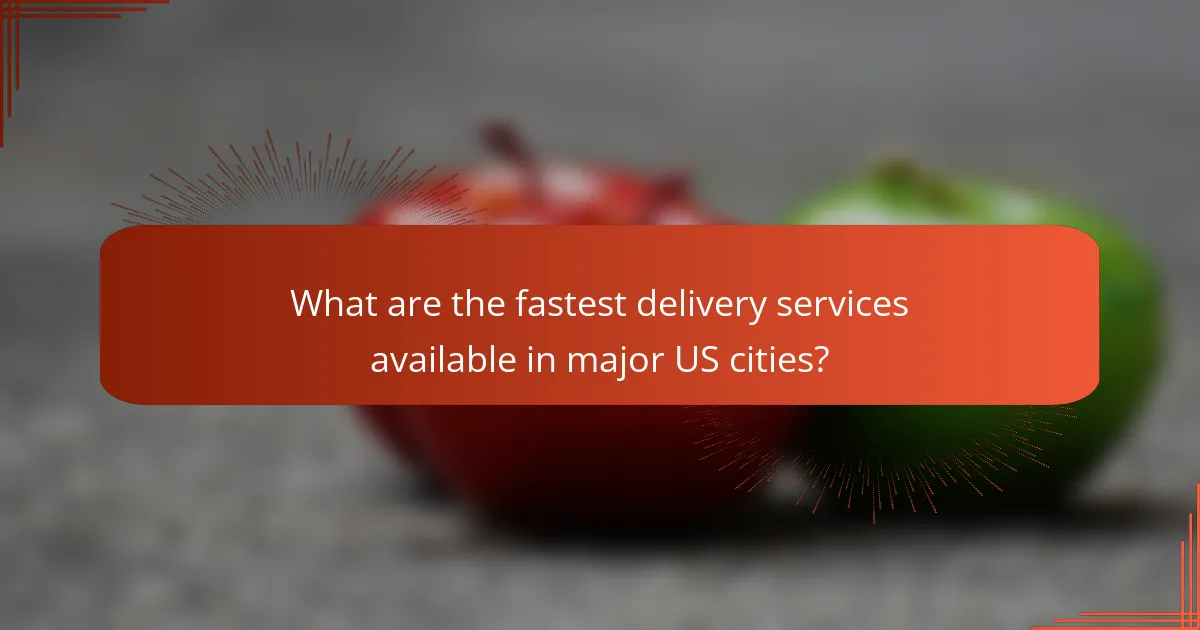
What are the fastest delivery services available in major US cities?
The fastest delivery services in major US cities include Amazon Prime Air, DoorDash DashMart, and Uber Eats Instant Delivery. These services leverage advanced logistics and technology to ensure quick delivery times, often within minutes to a couple of hours, depending on the location and demand.
Amazon Prime Air
Amazon Prime Air is designed to deliver packages to customers within 30 minutes using drones. This service is currently being tested in select areas, focusing on urban environments where traffic congestion can delay traditional delivery methods.
To utilize Amazon Prime Air, customers must be Prime members and place orders eligible for drone delivery. While this service promises speed, it is subject to regulatory approvals and may not be available in all regions yet.
DoorDash DashMart
DoorDash DashMart offers rapid grocery and convenience item delivery, typically within 30 to 45 minutes. This service operates through local DashMart locations, which stock a variety of everyday essentials.
Customers can access DashMart through the DoorDash app, selecting items for delivery. While delivery fees may apply, promotions often reduce costs, making it an attractive option for quick shopping needs.
Uber Eats Instant Delivery
Uber Eats Instant Delivery aims to deliver food from local restaurants in as little as 10 to 20 minutes. This service relies on a network of couriers who are strategically positioned to minimize wait times.
To use this service, customers can browse the Uber Eats app for restaurants offering instant delivery. It’s important to check availability, as not all restaurants participate, and delivery times can vary based on demand and location.
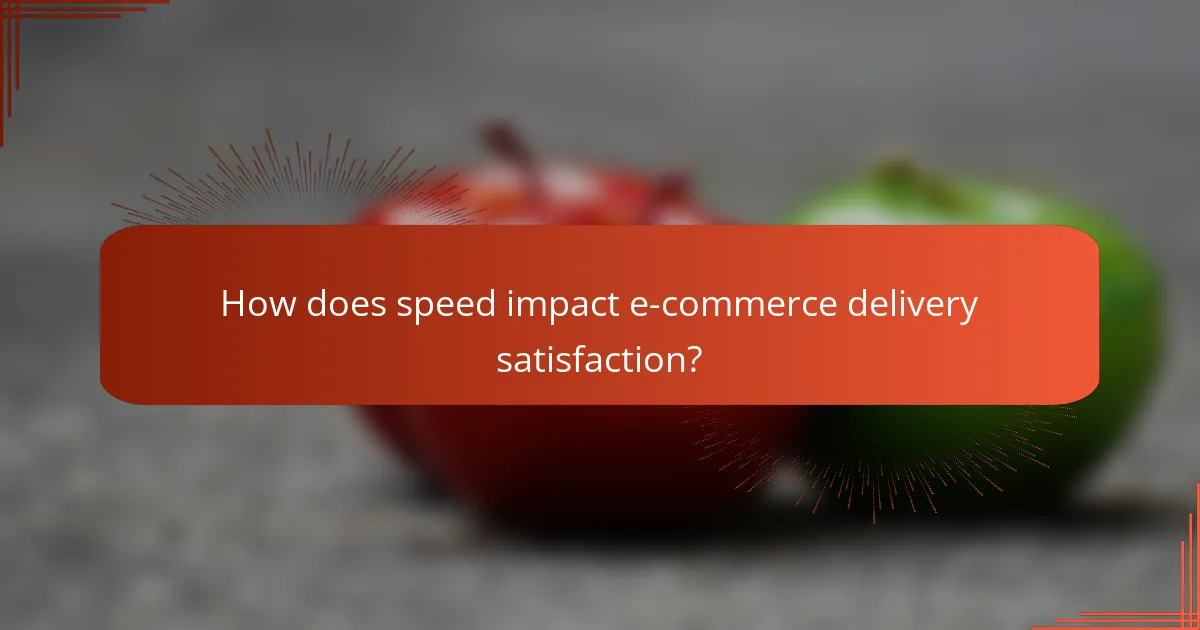
How does speed impact e-commerce delivery satisfaction?
Speed significantly influences e-commerce delivery satisfaction by directly affecting customer expectations and experiences. Quick delivery times can enhance overall satisfaction, leading to positive reviews and brand loyalty.
Reduced wait times
Reduced wait times are crucial for maintaining customer satisfaction in e-commerce. Customers today expect their orders to arrive within one to three days, with many preferring same-day or next-day delivery options. Businesses that can meet these expectations often see higher satisfaction rates.
To achieve reduced wait times, companies should consider optimizing their logistics and supply chain processes. This might involve using local fulfillment centers or partnering with reliable courier services to ensure faster delivery. Implementing real-time tracking can also keep customers informed, further enhancing their experience.
Increased repeat purchases
Speedy delivery can lead to increased repeat purchases, as satisfied customers are more likely to return for future orders. Studies suggest that consumers are willing to pay a premium for faster shipping options, indicating that delivery speed can be a competitive advantage.
To capitalize on this, businesses should offer various shipping options, including expedited services. Additionally, creating loyalty programs that reward customers for repeat purchases can encourage them to choose your service again, especially if they associate it with quick and reliable delivery.
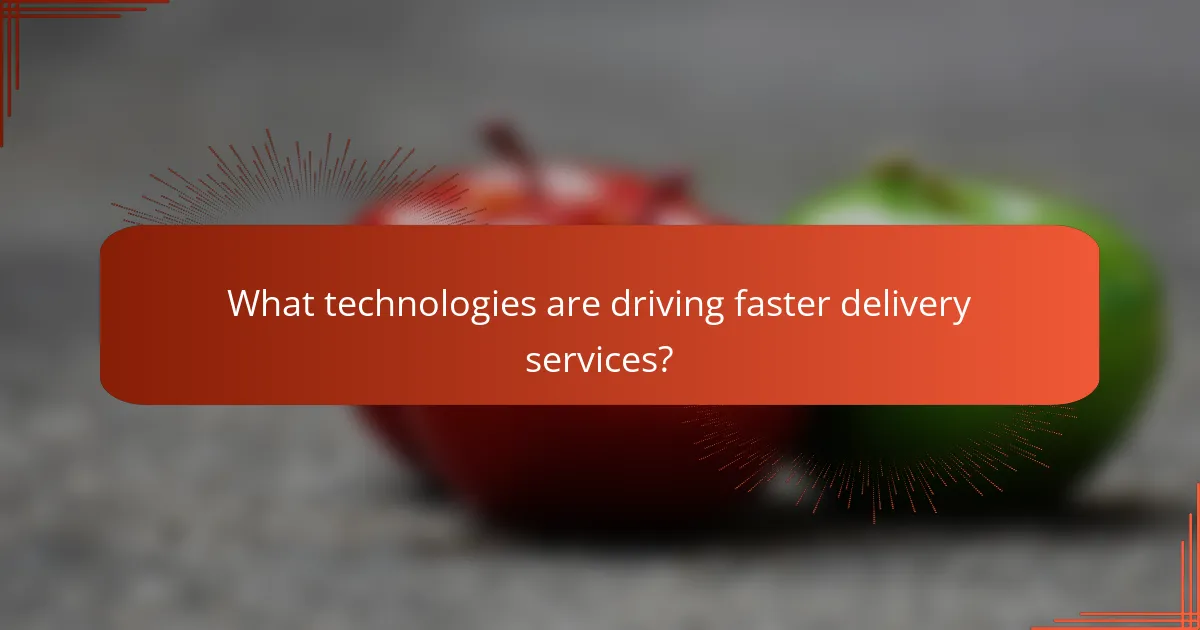
What technologies are driving faster delivery services?
Innovative technologies such as drone delivery systems, autonomous vehicles, and AI-driven logistics are significantly enhancing the speed of delivery services. These advancements not only streamline operations but also improve customer satisfaction by reducing wait times and increasing efficiency.
Drone delivery systems
Drone delivery systems utilize unmanned aerial vehicles to transport packages directly to customers’ doorsteps. These systems can bypass traffic and other ground obstacles, allowing for deliveries in a matter of minutes, especially in urban areas.
However, regulatory challenges and airspace restrictions can limit their widespread adoption. Companies must navigate local laws regarding drone operations, which can vary significantly by region.
Autonomous delivery vehicles
Autonomous delivery vehicles (ADVs) are self-driving cars or robots designed to transport goods without human intervention. These vehicles can operate on public roads or sidewalks, providing flexibility in delivery options.
While ADVs can reduce labor costs and increase delivery frequency, they also face challenges such as safety regulations and public acceptance. Companies should consider pilot programs to gauge consumer response and refine technology before full-scale deployment.
AI-driven logistics
AI-driven logistics leverage artificial intelligence to optimize delivery routes, manage inventory, and predict demand. By analyzing vast amounts of data, these systems can enhance efficiency and reduce delivery times significantly.
Implementing AI solutions can lead to better resource allocation and improved customer service. Companies should invest in training staff to work alongside AI tools and ensure data privacy compliance to maximize the benefits of this technology.
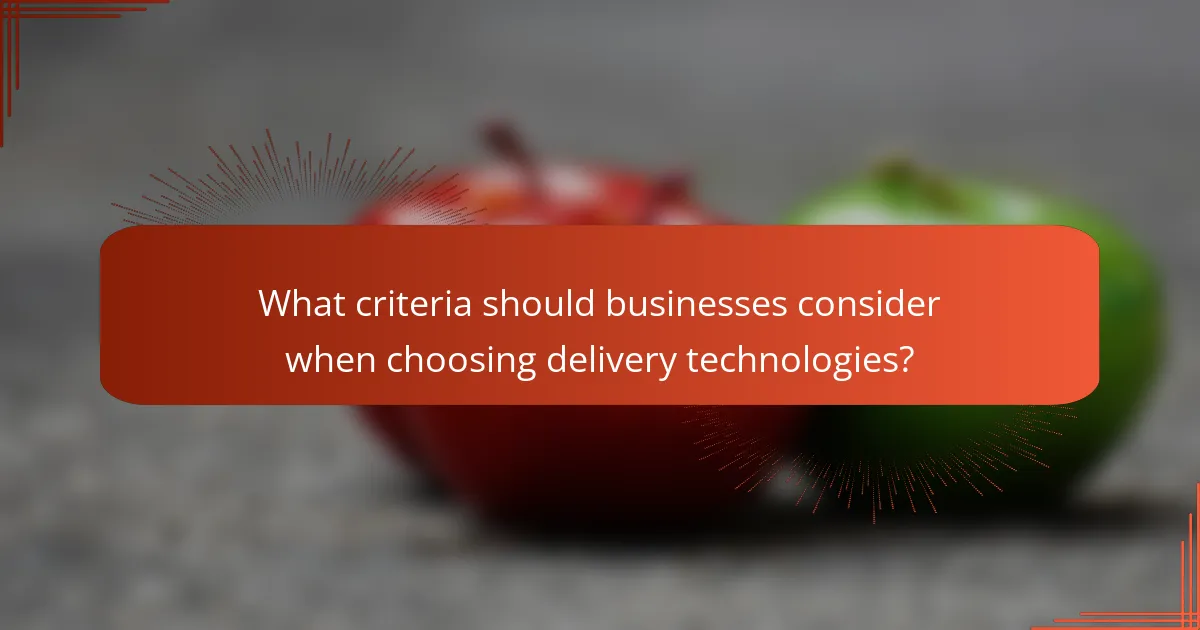
What criteria should businesses consider when choosing delivery technologies?
Businesses should evaluate cost-effectiveness, scalability, and integration with existing systems when selecting delivery technologies. These criteria ensure that the chosen solutions align with operational goals and enhance customer satisfaction.
Cost-effectiveness
Cost-effectiveness is crucial for businesses aiming to optimize their delivery services. Companies should analyze both direct costs, such as shipping fees and technology expenses, and indirect costs, like labor and overhead. A thorough cost-benefit analysis can help identify solutions that provide the best return on investment.
For instance, utilizing a delivery platform that offers bulk shipping discounts can significantly reduce overall expenses. Additionally, consider the long-term costs associated with maintenance and upgrades to ensure sustainability.
Scalability
Scalability refers to the ability of delivery technologies to grow with the business. As demand fluctuates, businesses need systems that can easily adjust to increased order volumes without sacrificing service quality. Choosing scalable solutions allows for smoother transitions during peak seasons or business expansions.
For example, a cloud-based delivery management system can accommodate more users and orders without the need for extensive hardware investments. Evaluate whether the technology can handle future growth and how quickly it can adapt to changing needs.
Integration with existing systems
Seamless integration with existing systems is vital for efficient operations. Delivery technologies should work well with current inventory management, customer relationship management (CRM), and order processing systems. This compatibility minimizes disruptions and enhances overall workflow.
When assessing integration capabilities, consider whether the technology offers APIs or plugins that facilitate connectivity. A well-integrated system can streamline processes, reduce errors, and improve data accuracy, ultimately boosting customer satisfaction.

How are customer expectations evolving in delivery services?
Customer expectations in delivery services are increasingly focused on speed, reliability, and transparency. As technology advances, consumers demand faster delivery times and real-time tracking, pushing companies to innovate and enhance their service offerings.
Speed and Efficiency
Speed and efficiency are paramount in modern delivery services. Customers now expect deliveries within hours rather than days, prompting businesses to optimize their logistics and supply chains. Companies are investing in advanced routing software and automated warehouses to meet these demands.
For instance, same-day delivery options are becoming commonplace in urban areas, with many retailers offering this service for a small fee. Businesses that can provide quick turnaround times often see higher customer satisfaction and loyalty.
Real-Time Tracking
Real-time tracking has become a standard expectation among consumers. Customers want to know exactly where their package is at any given moment, which enhances their overall experience and reduces anxiety about delivery times. Companies are utilizing GPS technology and mobile apps to provide accurate tracking information.
Offering features like estimated delivery windows and notifications can significantly improve customer satisfaction. A study found that customers are more likely to return to a service that provides clear tracking updates and communication throughout the delivery process.
Personalization and Communication
Personalization and effective communication are crucial for meeting evolving customer expectations. Consumers appreciate tailored delivery options that cater to their specific needs, such as preferred delivery times or locations. Businesses that engage with customers through personalized messages and updates tend to build stronger relationships.
Moreover, proactive communication about delays or changes in delivery status can enhance trust and customer satisfaction. Companies should consider implementing automated messaging systems to keep customers informed throughout the delivery journey.

